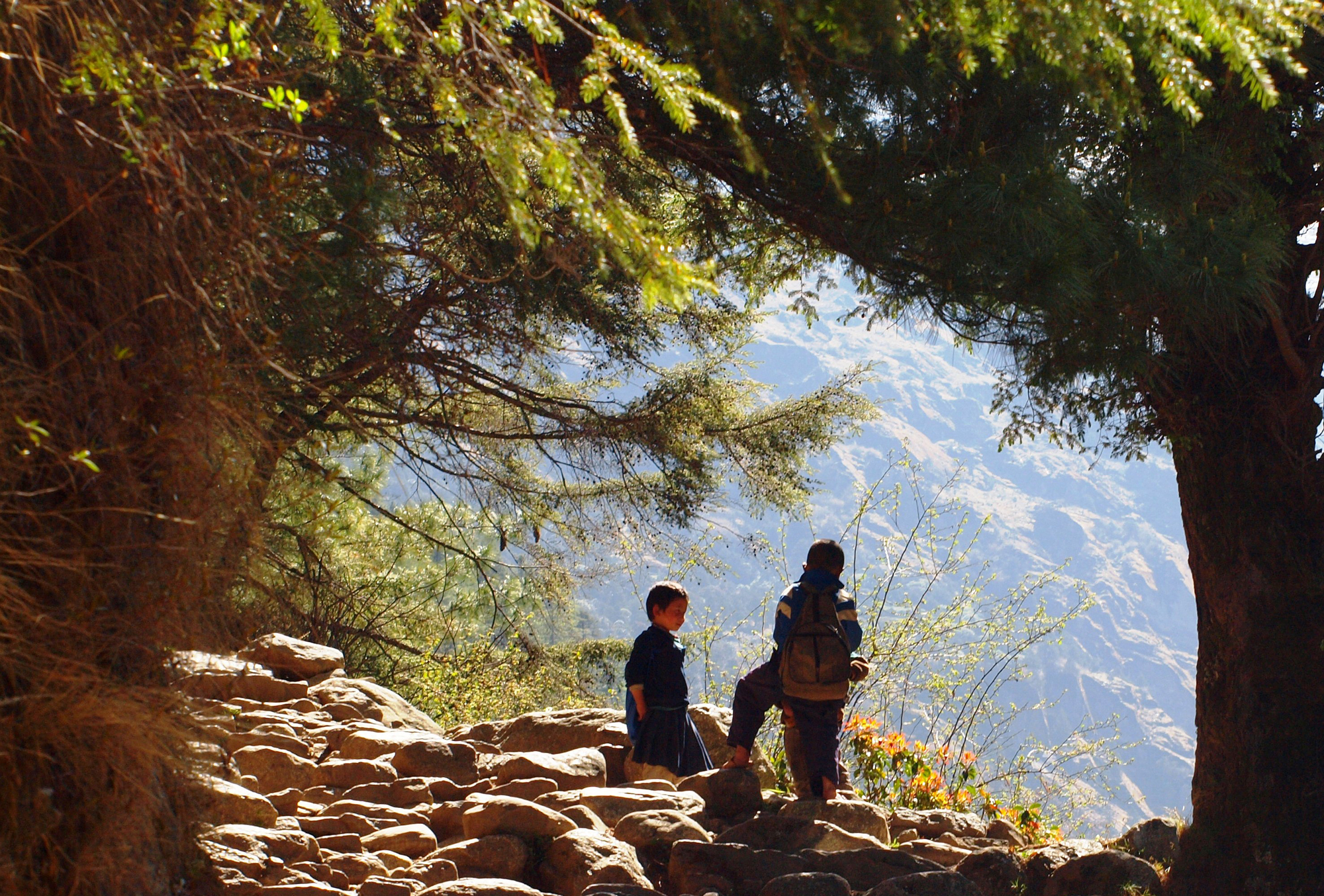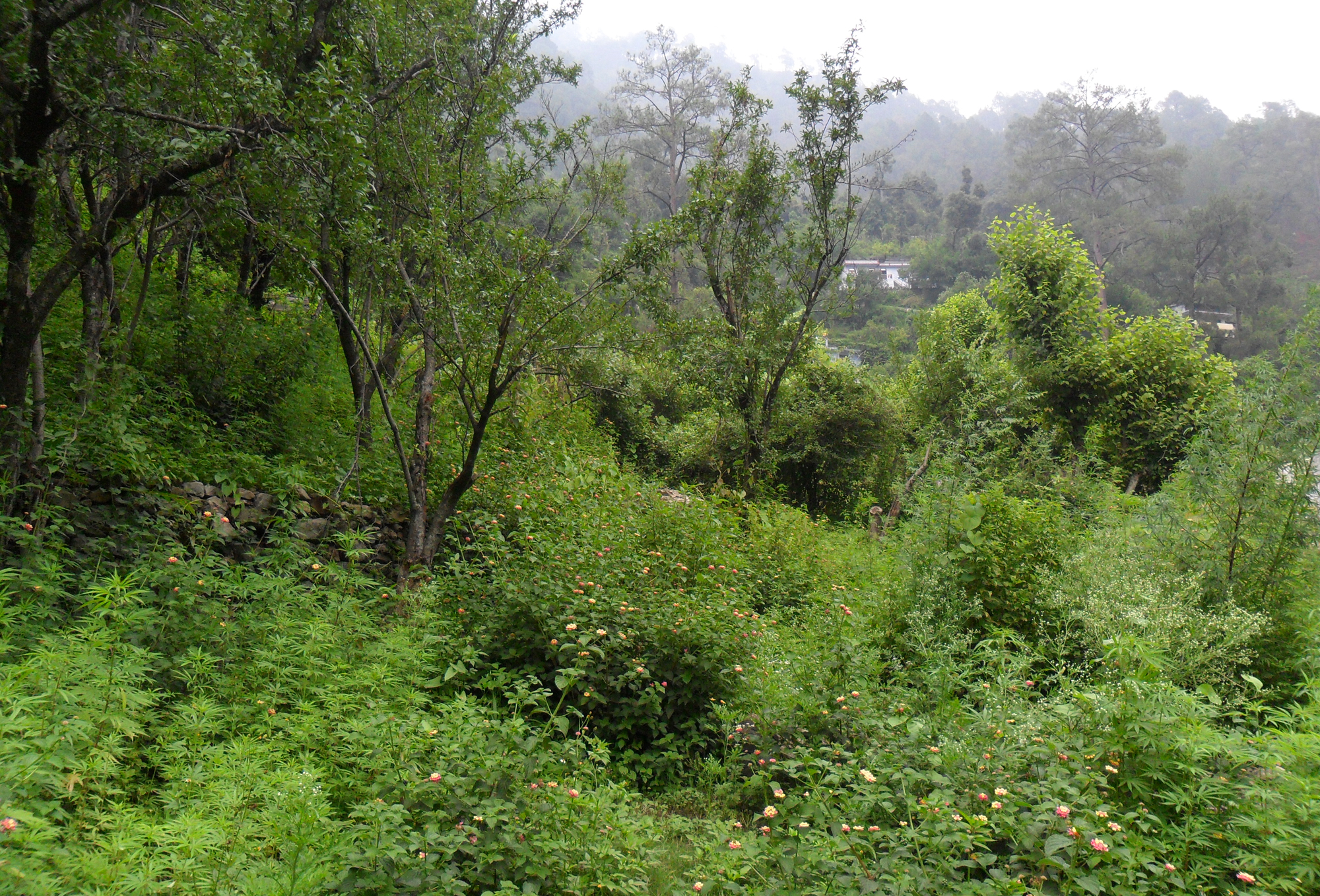
Green corridors/ Green belts have proven to be a highly effective method for preserving, linking and spreading biodiversity over great distances.
They demonstrate a fast and effective way of conserving, spreading and linking biodiversity over large areas of land while focusing on relatively small areas. They facilitate free movement of plants and animals, preserve species and prevent the fragmentation of habitats and ecosystems.
Isolated and fragmented areas of forest are more vulnerable to climate change and less capable of supporting wildlife, stabilizing soils and generating water.
“Fragmentation of habitats and ecosystems is one of the most serious threats to biodiversity worldwide. Retaining or restoring connectivity is crucial to securing healthy, resilient and sustainable ecosystems.”
Download: Connectivity ,Conservation and Ecological Restoration, Bush Heritage.pdf
Because mountain ecosystems are immensely crucial within the global water cycle, the environmental degradation in these regions has global impacts and critically needs to be halted and reversed. A fast, efficient mountain biodiversity restoration, preservation strategy is urgently required. Green corridors/greenbelts could play a key part in this. However, green corridors/greenbelts would be much more effective and in harmony with the needs and traditions of mountain communities, when in combination with a few other conservation models. Therefore creating them as connecting corridors of biodiversity, that interlink a network of community managed sacred groves and peace parks, would be a much more effective and long-term sustainable approach. Therefore creating them as connecting corridors of biodiversity, that interlink a network of community managed sacred groves and peace parks, would be a much more effective and long-term sustainable approach.
When creating these corridors it is important that the plants used are a rich, balanced variety of native species. Also they need to be selected for their environmental properties as well as for their value to the local communities.

These communities benefit from plants, which preserve water and soil vitality and also those that provide medicines, fodder, food and fibre. Thus including plants, which provide these, can support the needs of mountain communities whilst at the same time conserving and spreading biodiversity. When managed cohesively so that the biodiversity is preserved, whilst at the same time sustainably harvested, these corridors can enrich local resources, bring more immediate employment, support cottage industry and help to secure community support. The concept of green corridors and green belts is not new. In Britain it was demonstrated through the hedge system that covered the British countryside for hundreds of years.
Kenya’s Green Belt Movement has made a great contribution to conservation worldwide.
“Kenya’s Green Belt Movement became Internationally famous in 2004 when its founder, Wangari Maathai, was awarded the Nobel Peace Prize. Since 1977, in Kenya and other parts of Africa, the movement has planted millions of trees in an effort to restore ecosystems, promote sustainable livelihoods, empower women, and promote democracy. Increasingly, Maathai has drawn a close connection between all these objectives and the quest for a peaceful society. As a result, Maathai and the movement she inspired are now well known Internationally.”
Wangari Maathai also recognised the importance of uniting environmental conservation with the preservation of people’s traditions and culture.
“As I tried to encourage women and the African people in general to understand the need to conserve the environment, I discovered how crucial it is to return constantly to our cultural heritage.”
Download: Wangari Maathai, 2004, Nobel Prize acceptance speech.pdf
The green corridor/ green belt concept is also presently being recognised and implemented as ‘Connectivity Conservation’.
“Connectivity conservation is based around the concept of ‘landscape corridors’ that maintain or establish multi-directional and multi-scale connections over entire landscapes and can encompass up to thousands of square kilometres. Connectivity conservation extends the concepts of biodiversity and biological corridors to the landscape scale.”
Download: Dept. Environment, Climate Change and Water, NSW, Australia, 2010.pdf
The ‘Sacred Grove and Green Corridor’ Method that we have formulated is a combination of these various inspiring examples of linking biodiversity.
This tradition provides valuable practical methods, which can be utilised to restore and conserve the ecosystems that are so crucial for stabilising and regulating the global water cycle.
“Recognizing that environmental management of mountains needs to take holistic approaches in conserving the environment, while at the same time providing sustainable incomes for mountain dwellers, including appropriate compensation for their services;”
Download: Declaration for the International Year of Mountains,Tokyo UNU, 2002.pdf
